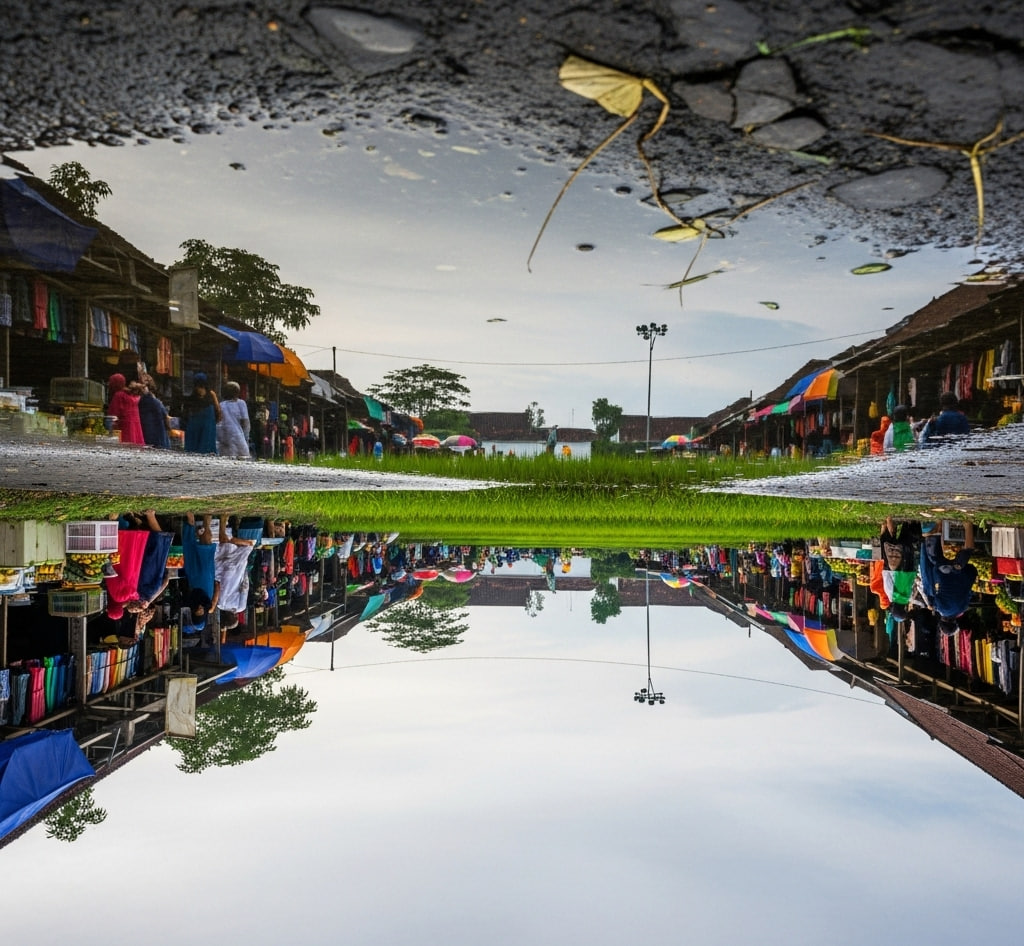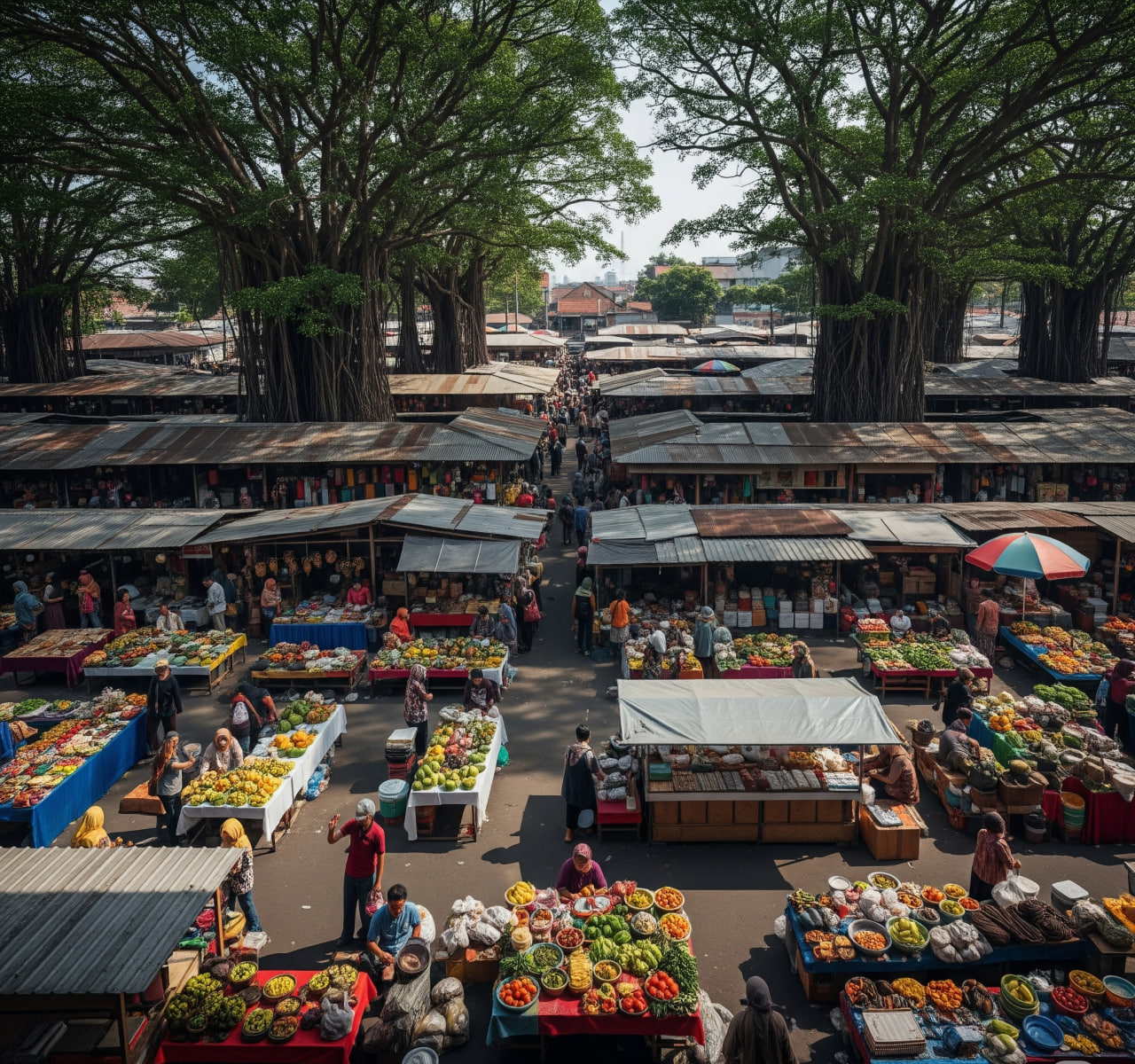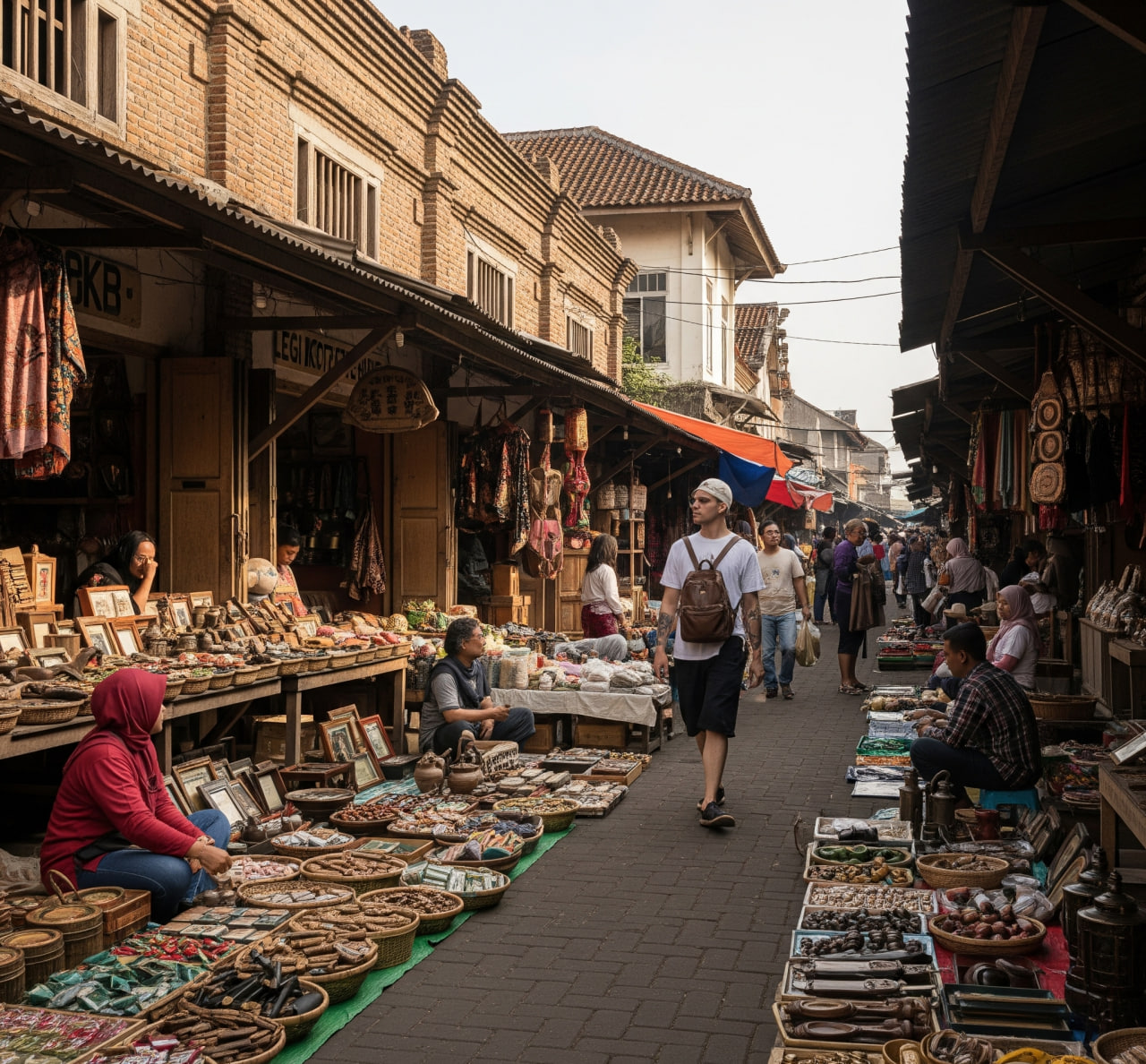News
Masjid Pathok Negara: A Tarawih Experience Steeped in Tradition
As Ramadan arrives, the atmosphere at Masjid Pathok Negara transforms into something truly extraordinary. Small lanterns illuminate the courtyard, the call to Maghrib prayer echoes through the air, and worshippers arrive with faces full of anticipation. Among the historic mosques of the Yogyakarta Sultanate, one stands out for its unique Tarawih traditions—Masjid Ploso Kuning. Imagine a night of prayer that is not only deeply spiritual but also rich with Javanese cultural heritage. Intriguing, isn’t it?
Masjid Pathok Negara is no ordinary mosque. Built during the reign of Sultan Hamengku Buwono I, these mosques were originally spiritual and territorial markers for the sultanate. There are five of them: Mlangi (west), Ploso Kuning (north), Dongkelan (south), Babadan (east), and Wonokromo, which sits slightly off the main axis. Beyond being places of worship, these mosques once served as spiritual and social fortresses for the local community. To this day, Tarawih prayers here are not just about worship—they carry stories from centuries past.
One of the most captivating traditions is the Tarawih at Masjid Ploso Kuning. Here, the prayer consists of 23 rakaat, performed at a fast pace, without long sermons in between. But what makes it truly special is the Shalawat Jawi—a Javanese-style Islamic chant that fills the air with an almost mystical tranquility. The mosque’s historic architecture, with its tiered roof and surrounding water pools, enhances the feeling of stepping back in time. A similar tradition thrives at Masjid Mlangi, where local arts like kojan or rodad performances sometimes accompany Ramadan nights. Meanwhile, at Masjid Dongkelan and Babadan, the number of Tarawih rakaat varies—some follow the 11-rakaat format, while others stick to 23, depending on the community’s preference.
These traditions go beyond worship; they strengthen the bonds among locals. The communal recitation of Shalawat Jawi, for instance, not only soothes the soul but also reminds everyone of their rich cultural roots. At Ploso Kuning, worshippers still purify themselves in the mosque’s water pool before entering—a centuries-old practice that continues to this day. And after prayers, there’s always time for lighthearted conversations over traditional Ramadan treats like kolak and ketan. It’s a moment where faith and togetherness blend seamlessly.
Despite the rapid modernization of today’s world, Masjid Pathok Negara, especially Ploso Kuning, stands strong as a silent witness to history. Tarawih here not only brings worshippers closer to Allah but also reconnects them with the cultural legacy of their ancestors. So, if you ever find yourself in Yogyakarta during Ramadan, why not visit one of these historic mosques? Listen to the soulful echoes of Shalawat Jawi, watch the calm waters of the ancient pools, and immerse yourself in a living tradition. Let’s preserve and celebrate these beautiful customs—who knows, it might just become one of your most unforgettable Ramadan experiences.


